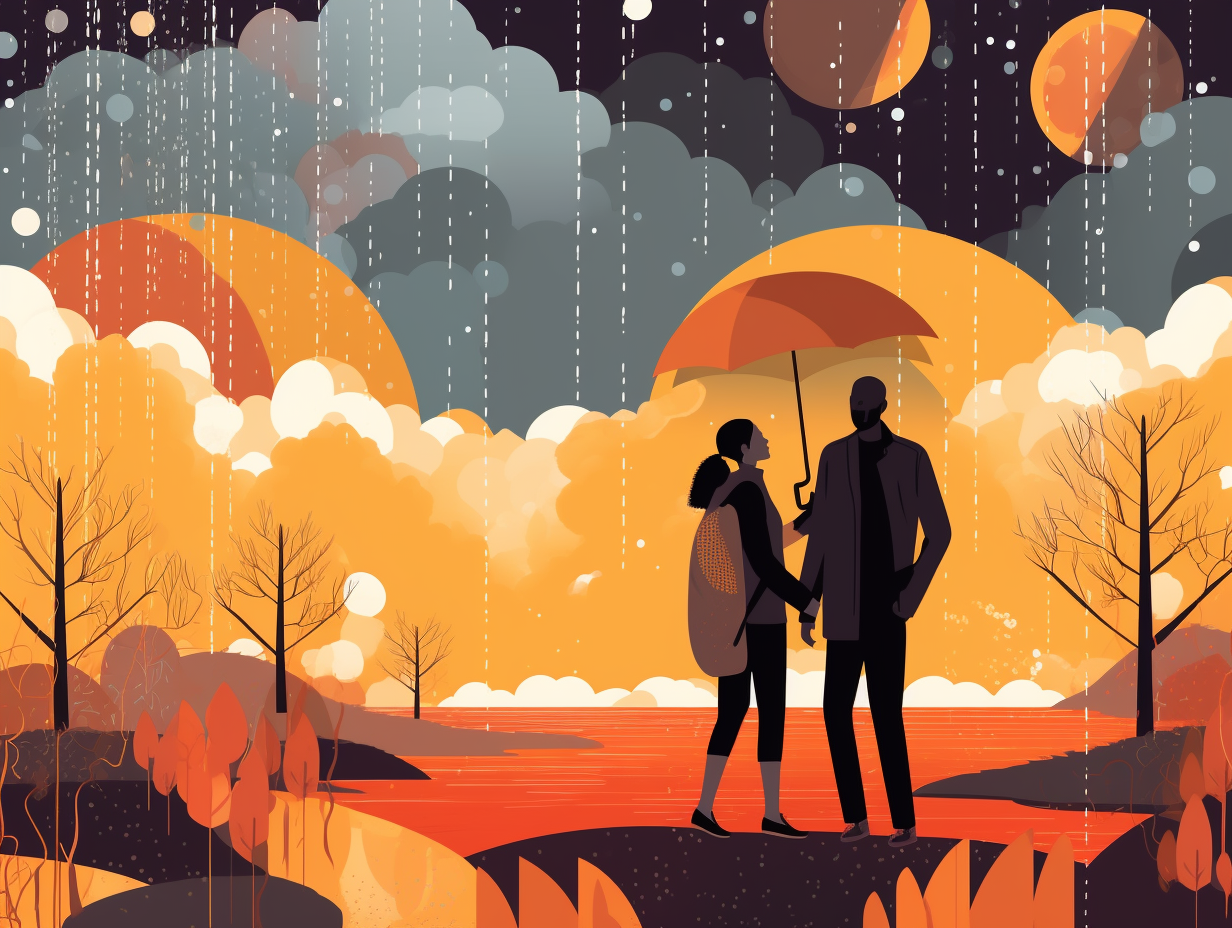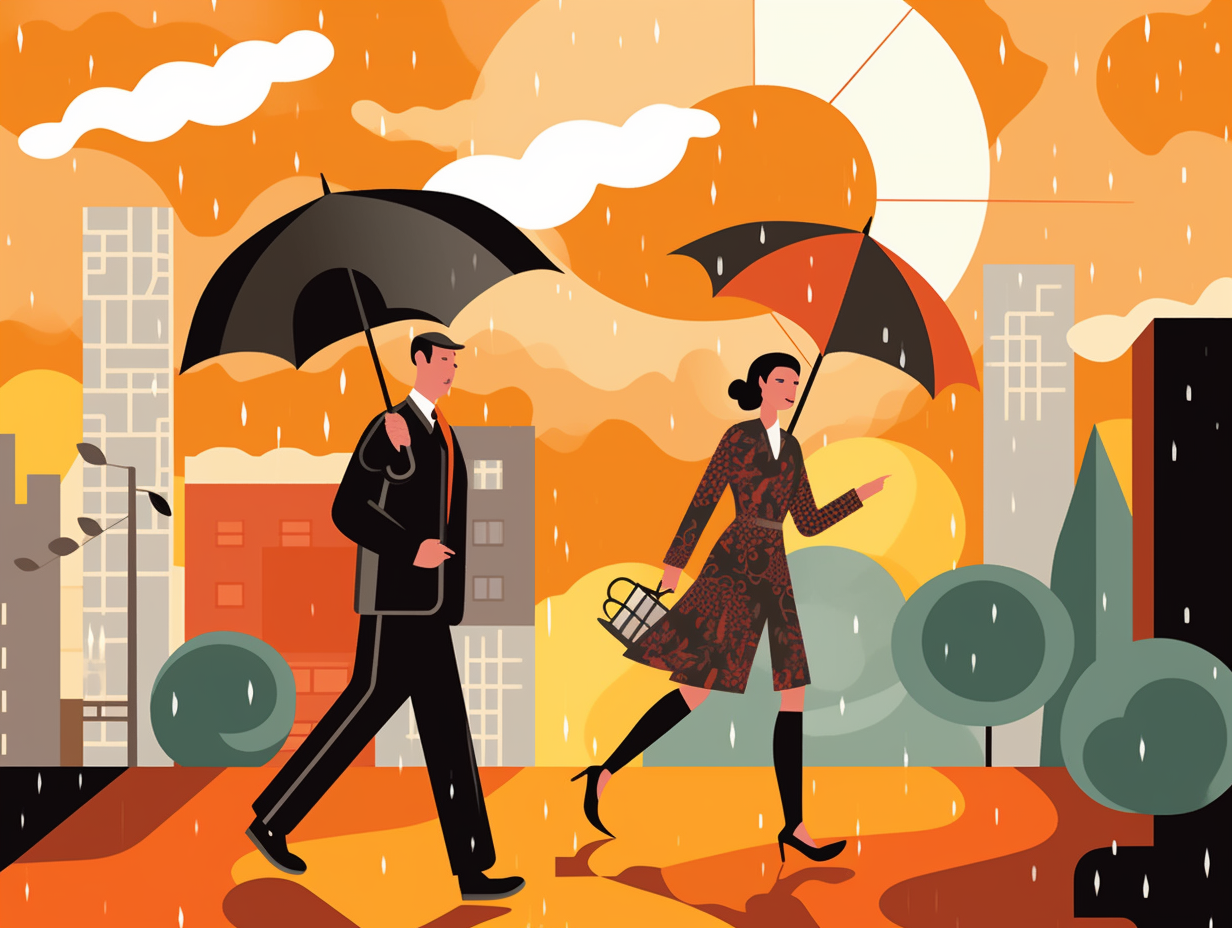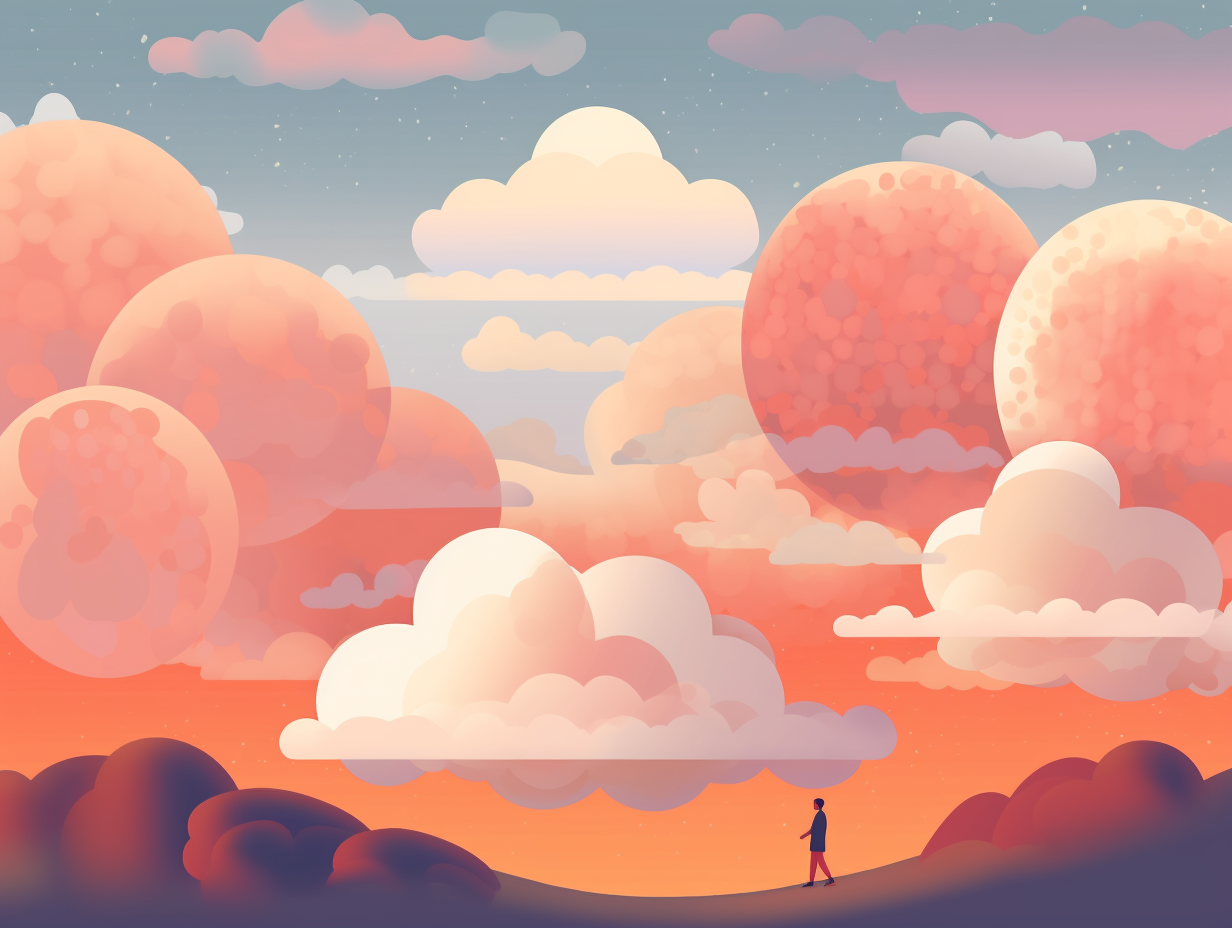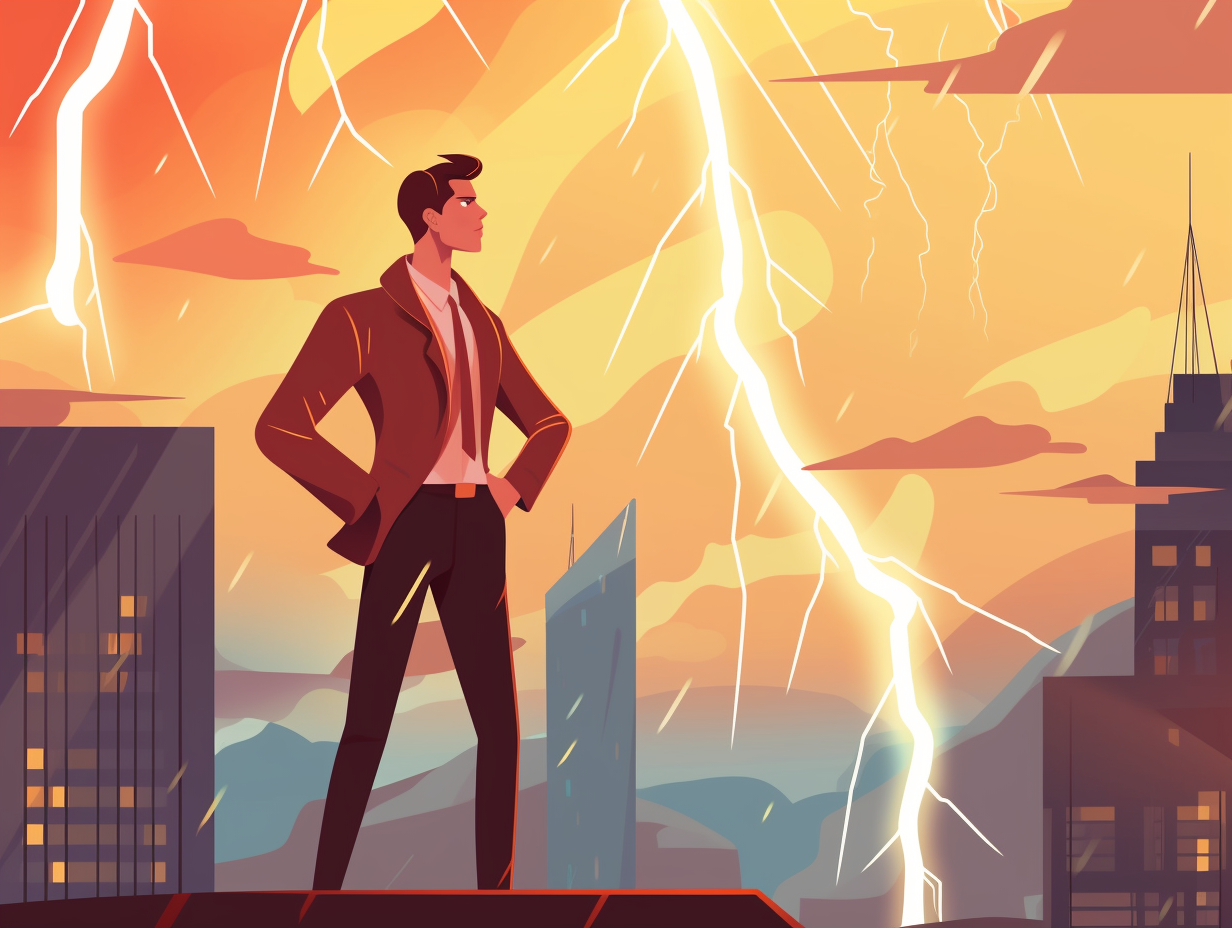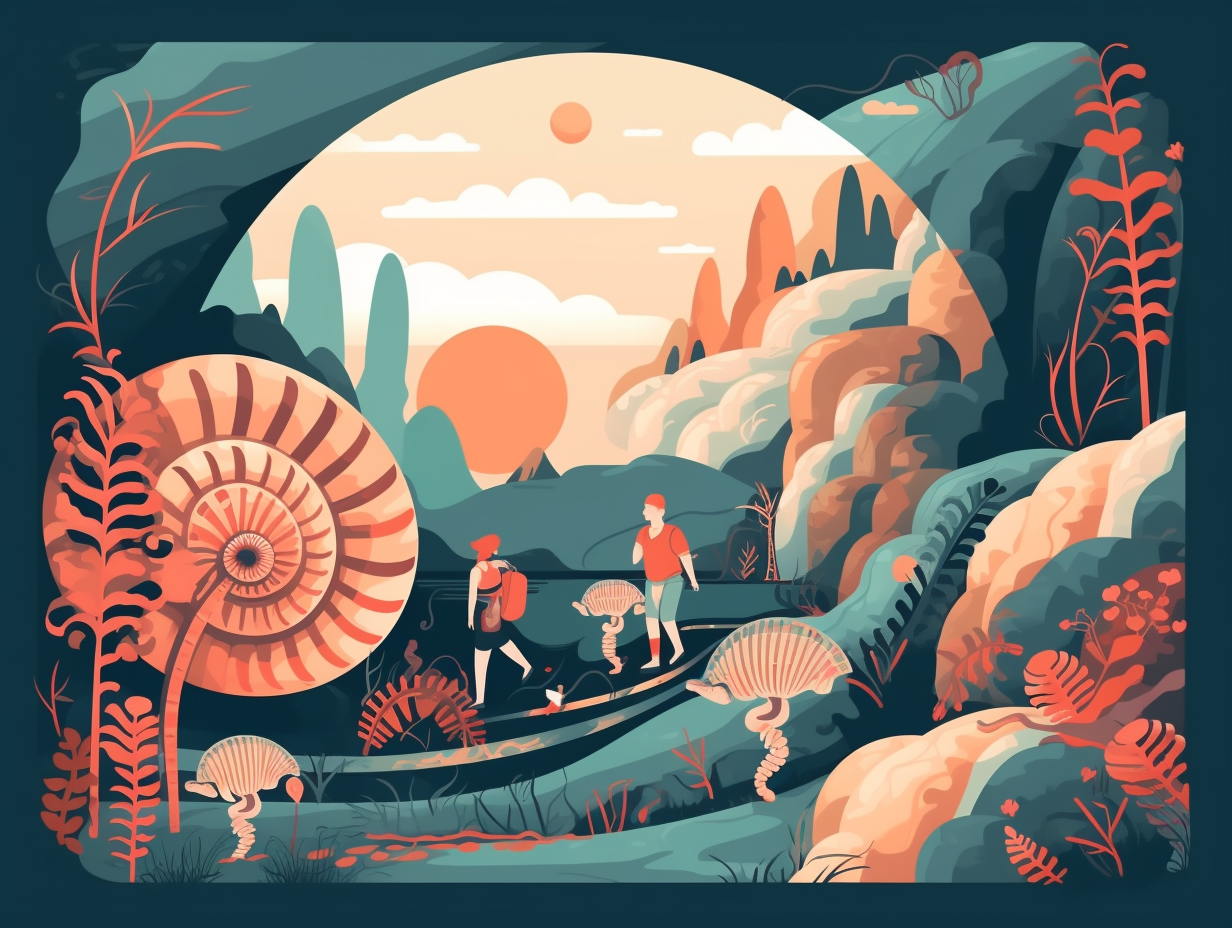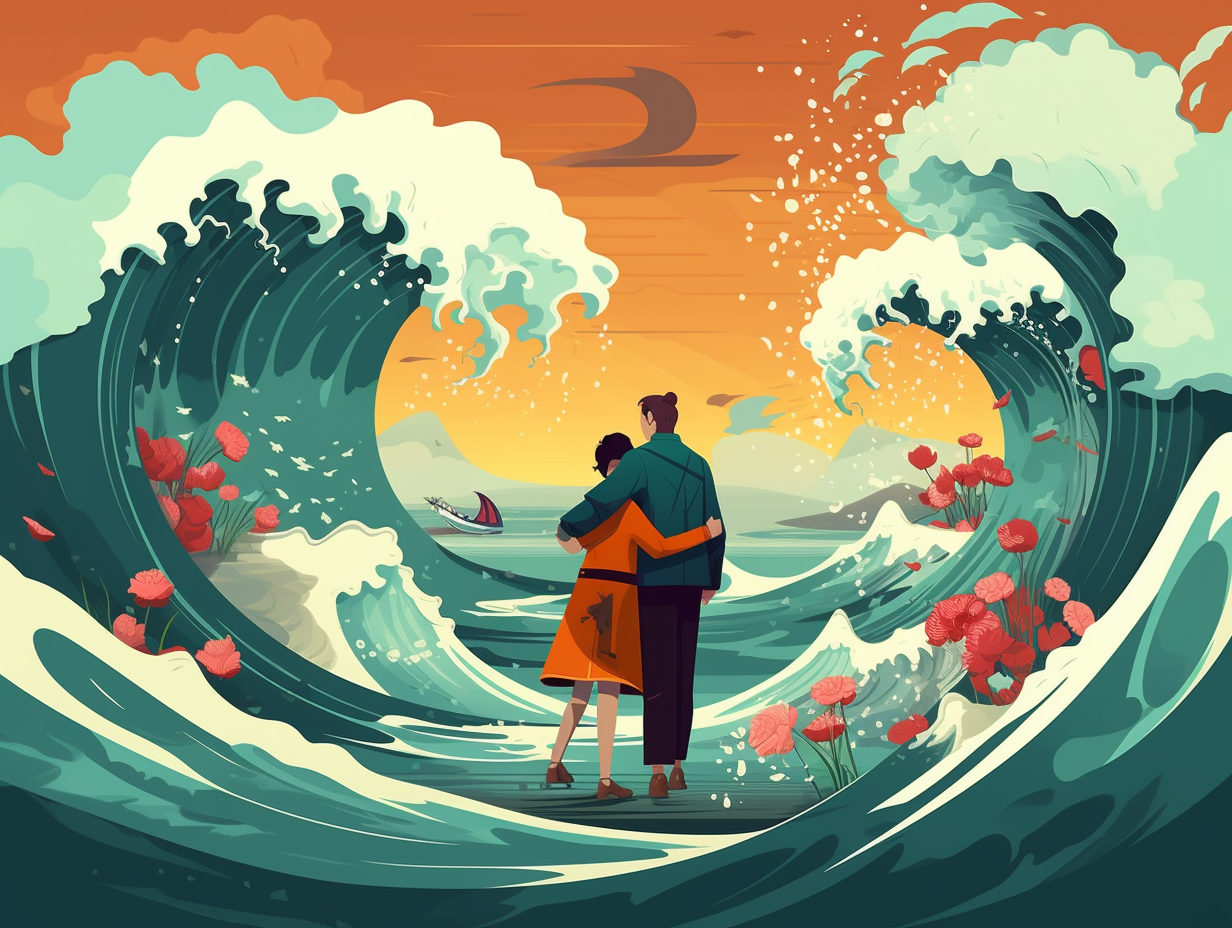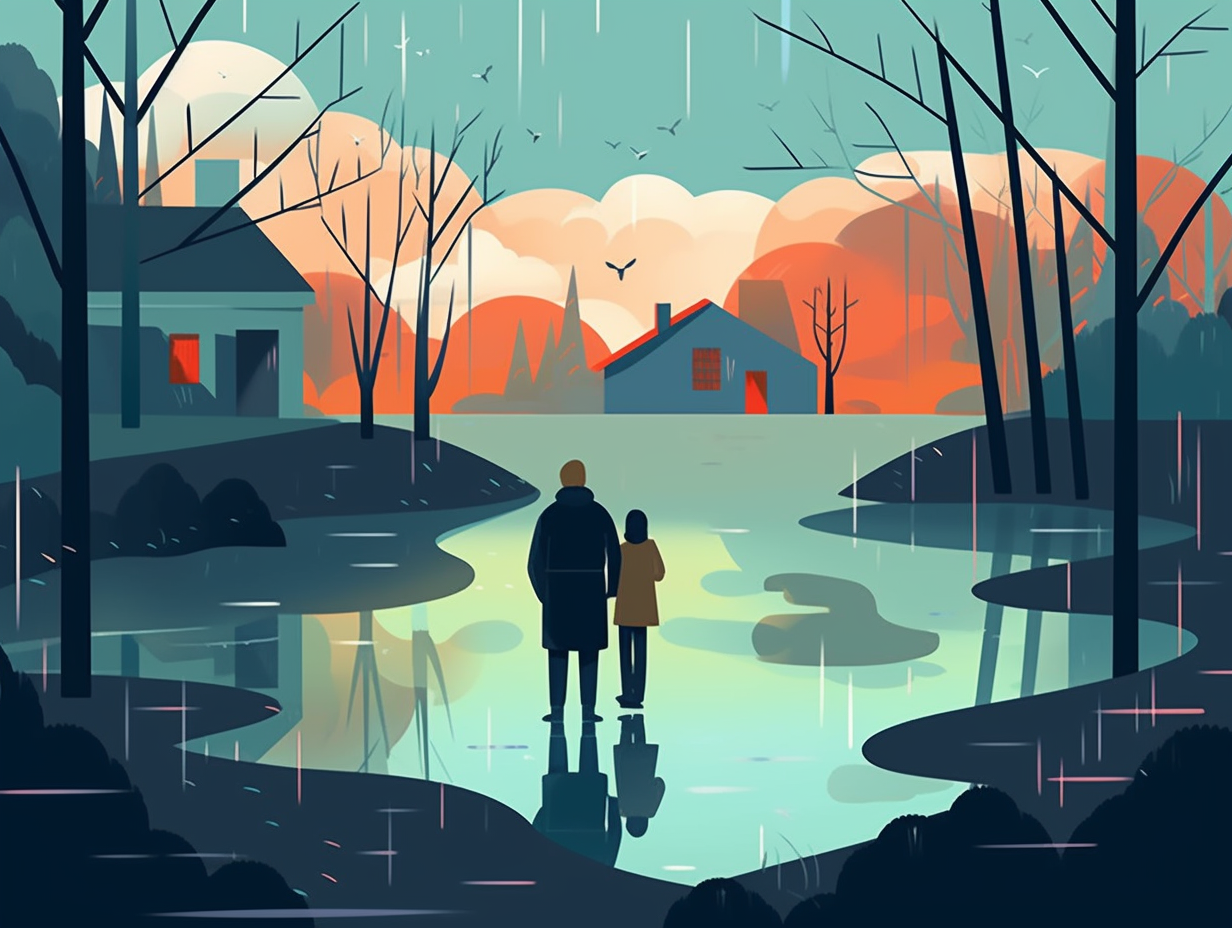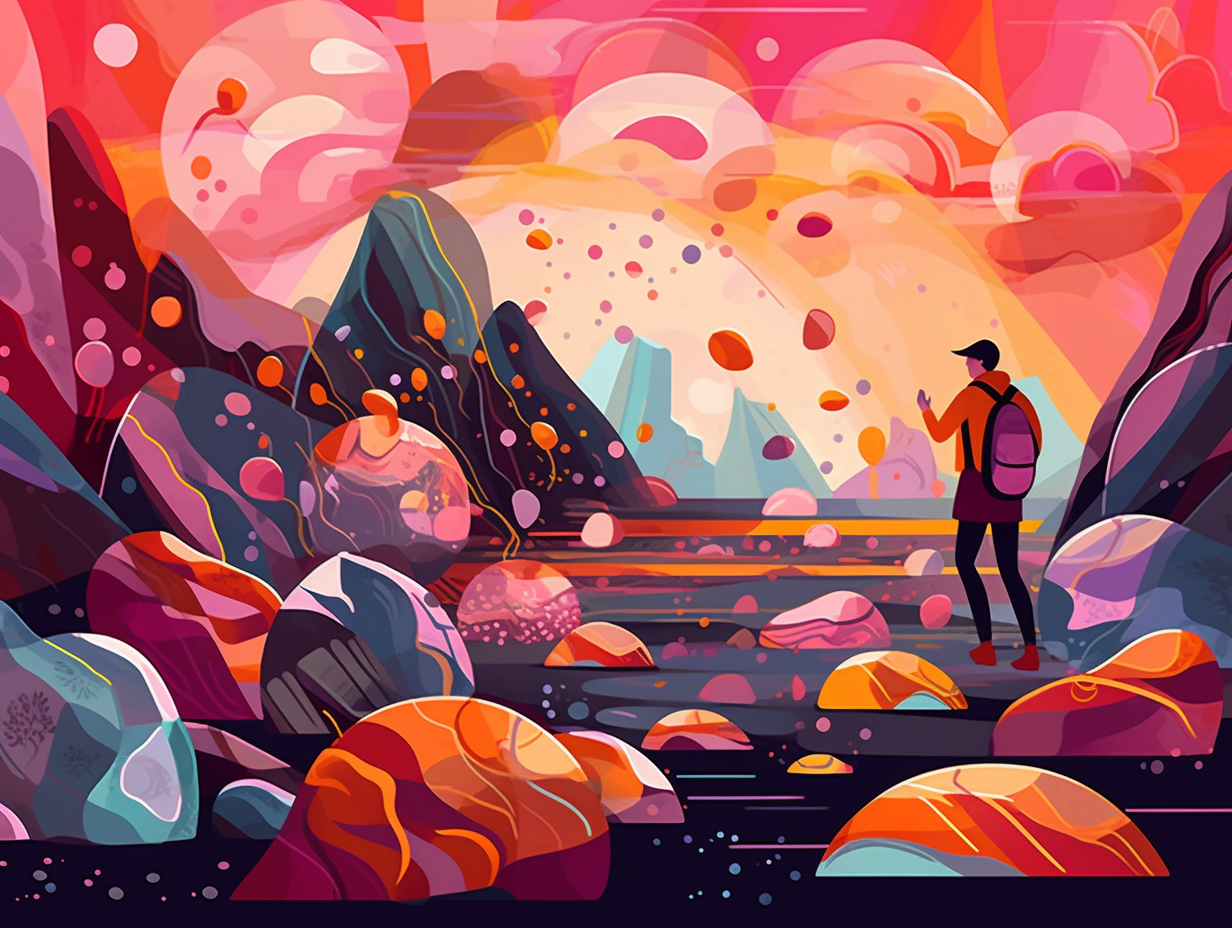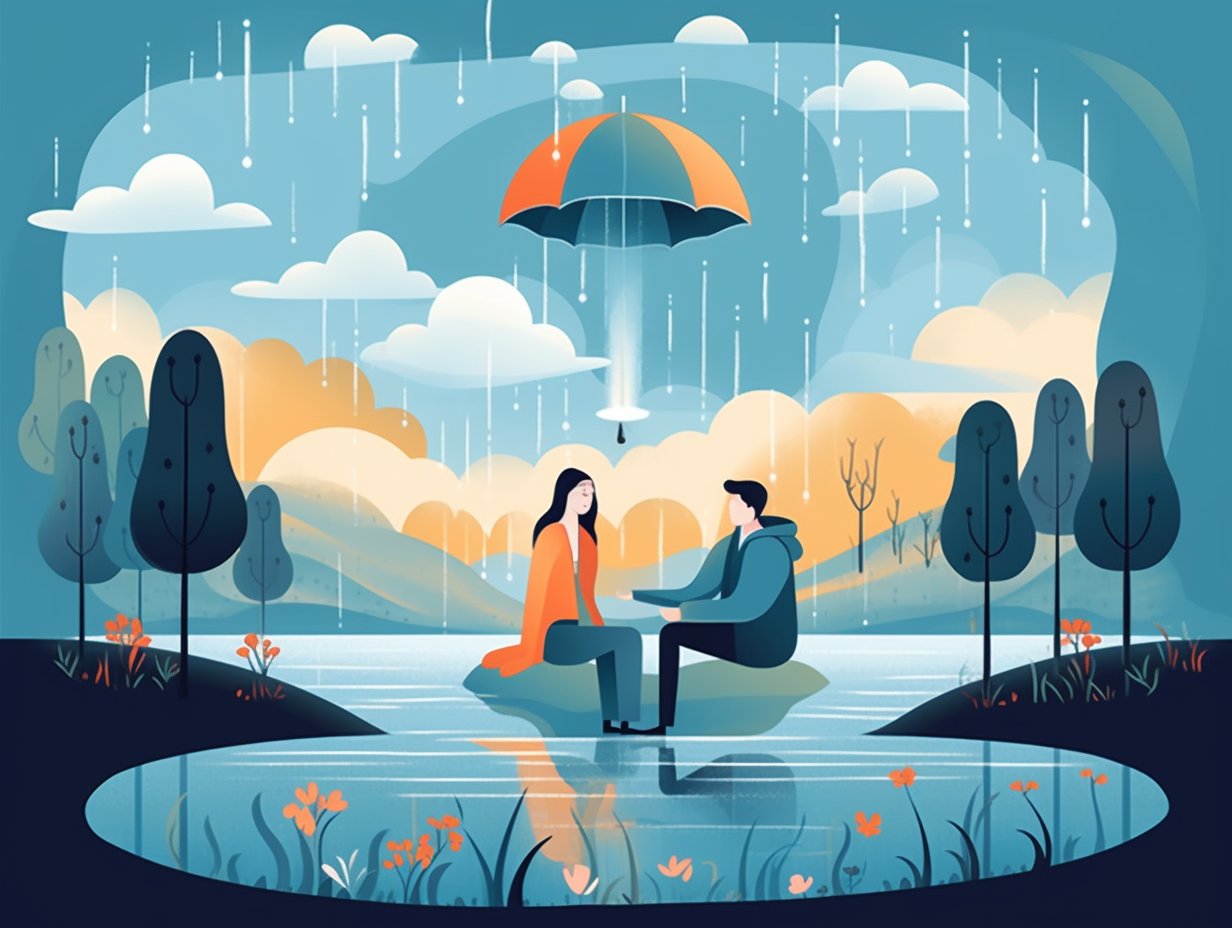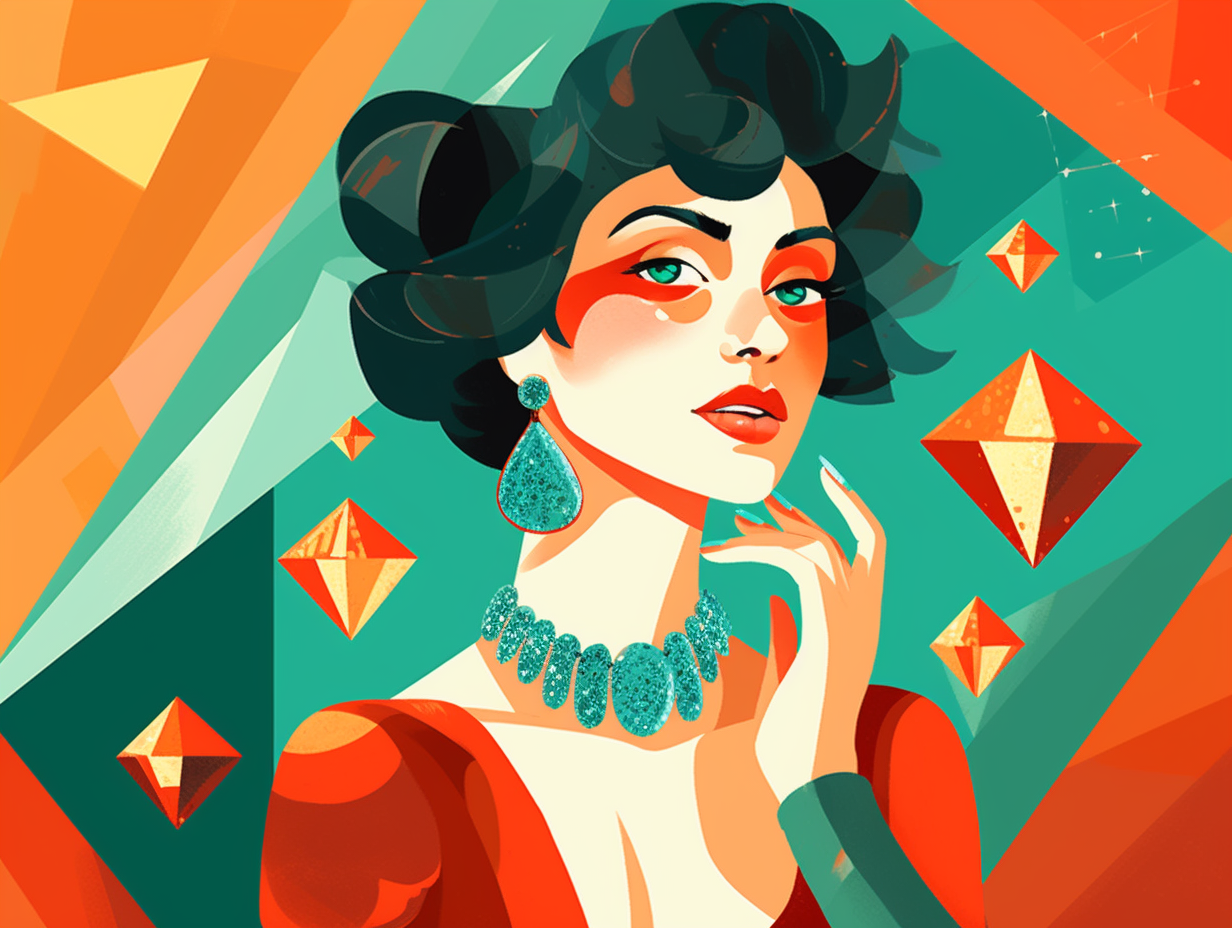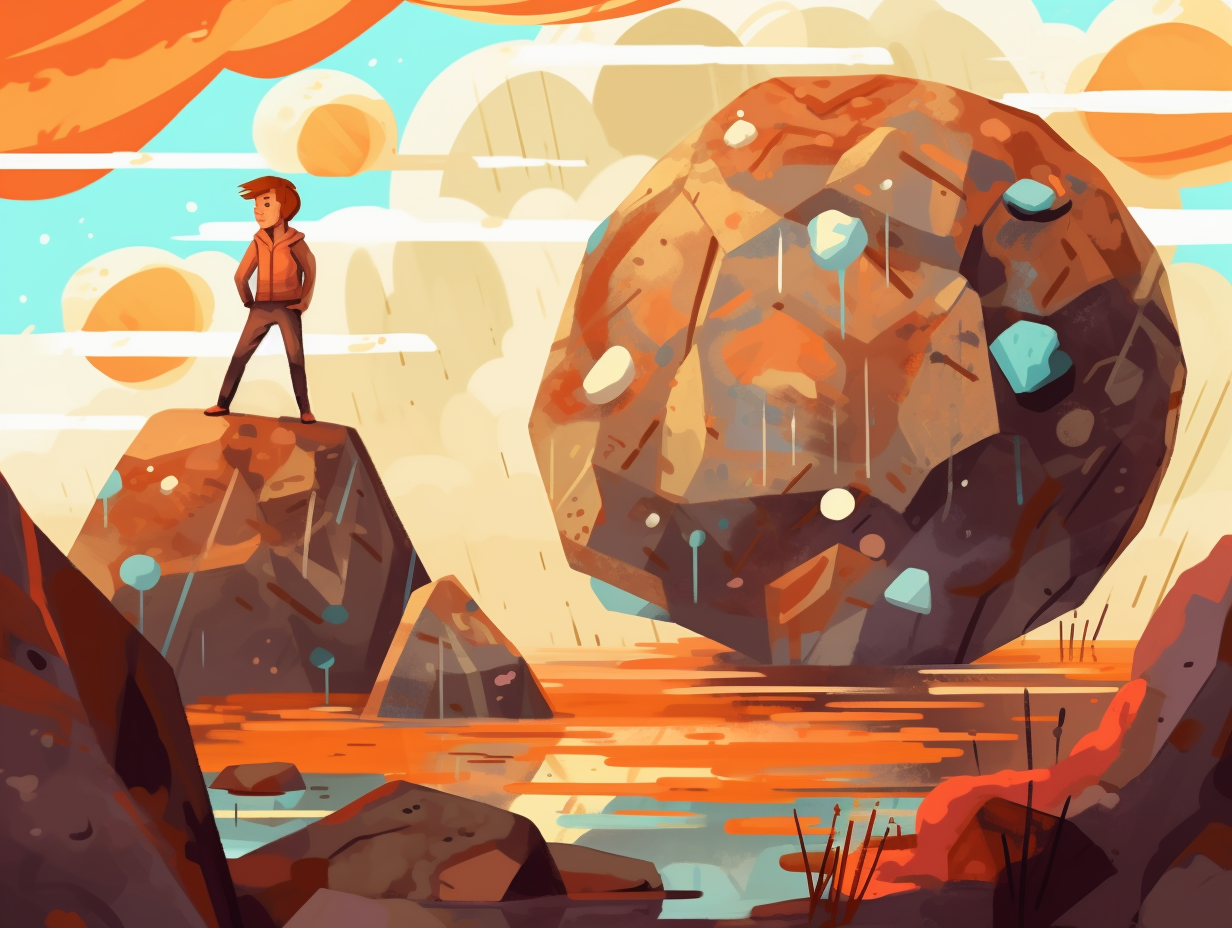Discover the Magic: Top 12 Fascinating Fun Facts About Rainbows You Never Knew!
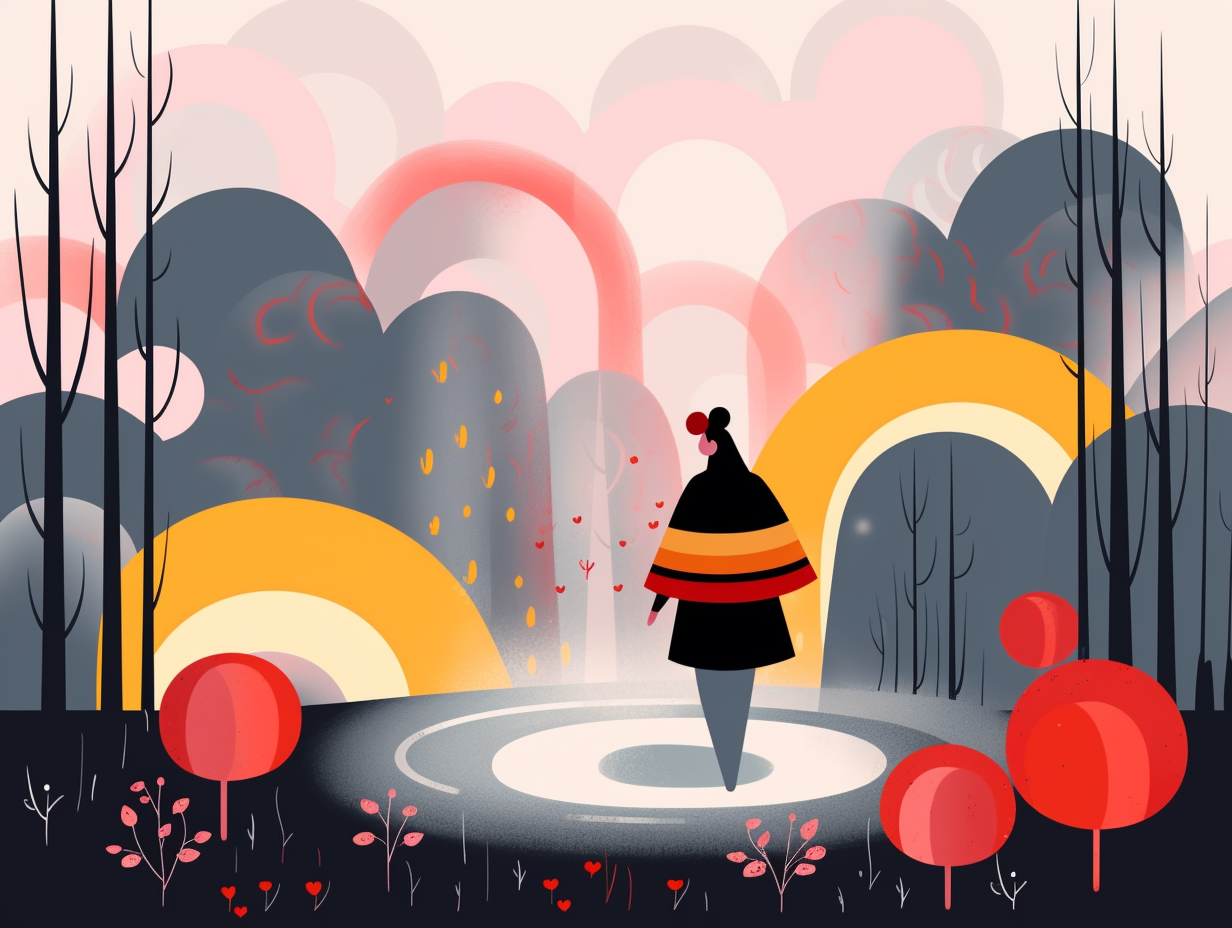
1. Rainbows: Fashionistas of the Sky
Contrary to popular belief, rainbows didn't just raid ROYGBIV's closet: they've also taken a fancy to the Pantone Swatch Library, alright! Feast your eyes on this chic revelation: small water droplets in the atmosphere turn rainbows into stylish patrons of pastel shades, or even reduce their color palette to just two or three hues, thanks to a catwalk of light-scattering wavelengths that vary with droplet size.
Source => metoffice.gov.uk
2. Behold the Sky Donut
Behold the magical sky donut, a truly hole-some sight: rainbows are actually full circles with their centers being the antisolar point, but we ground-dwellers can only witness the semi-circular arcs due to the horizon, while airborne folks get the full 360° technicolor experience, yet with a customized view for each person.
Source => education.nationalgeographic.org
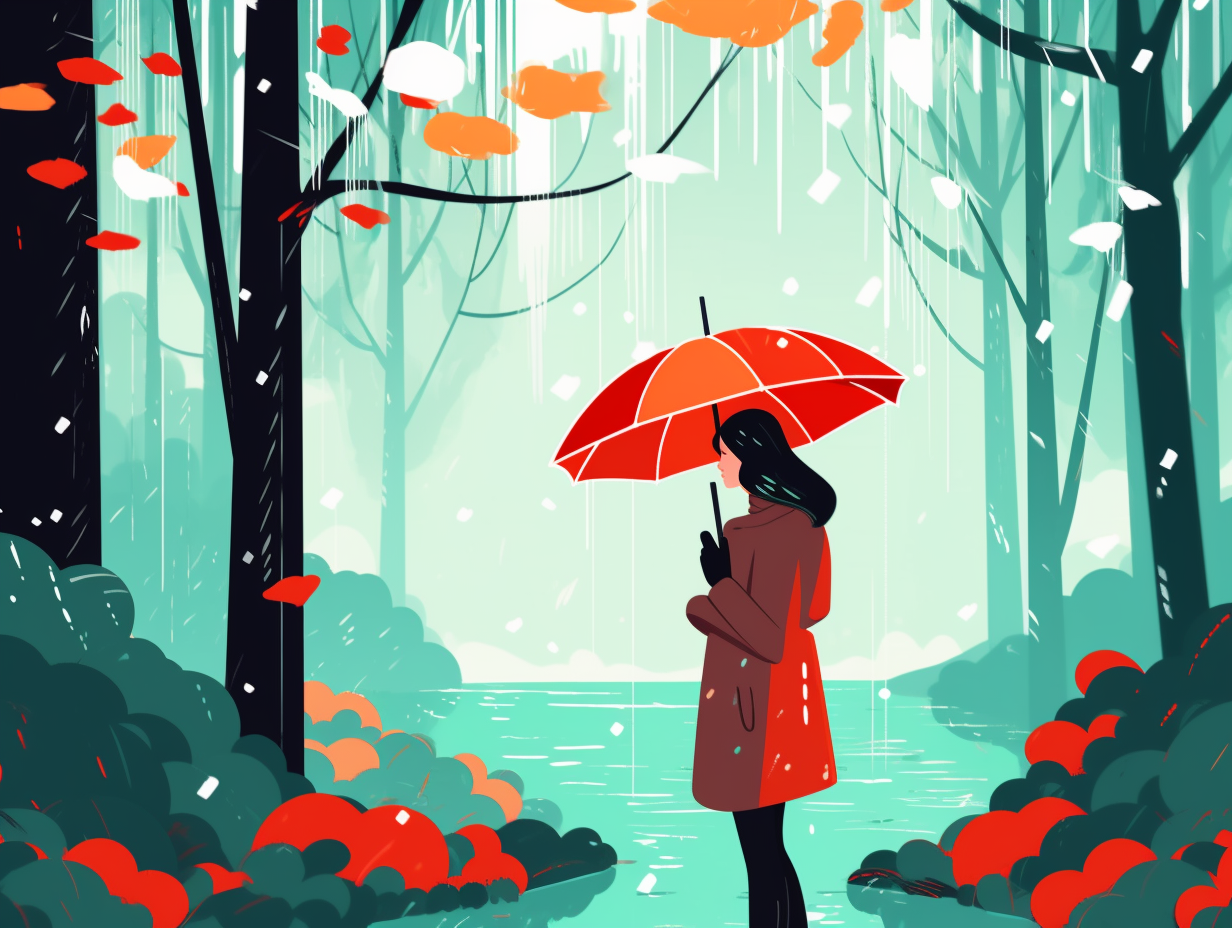
Did you know that raindrops act as natural cleaning agents for our environment? Discover how they purify the atmosphere by collecting pollutants like soot and sulfates! 🌧️✨
=> Fun Facts about Rain
3. The Unreachable Rainbow
Chasing rainbows might seem like a colorful endeavor, but in reality, you'd be barking up the wrong spectrum: Rainbows are optical illusions created by light refraction and reflection, and getting closer to one won't make it appear brighter or clearer, but rather, you'd see less of it as a whole. However, you can witness the mysterious dark space called Alexander's Band, named after Alexander Aphrodisias who documented it in 200 AD, and caused by the angle deviation between two rainbows. Also fascinating, triple rainbows are shy unicorns of the meteorological world - observed but never caught on camera, flaunting color patterns that match the reversed hues of the first rainbow.
Source => 9news.com
4. Minimalist Unicorns and Fogbows
If you've ever wondered if unicorns are fans of minimalism, the answer might just be hidden in the magical world of rainbows: Smaller water droplets, such as fog or mist, can cause rainbows to appear as white or pale colors, and droplets smaller than 0.05 millimeters in diameter can create elusive "fogbows", proving that even leprechauns can appreciate some subtlety in their spectrum of choice.
Source => math.ubc.ca
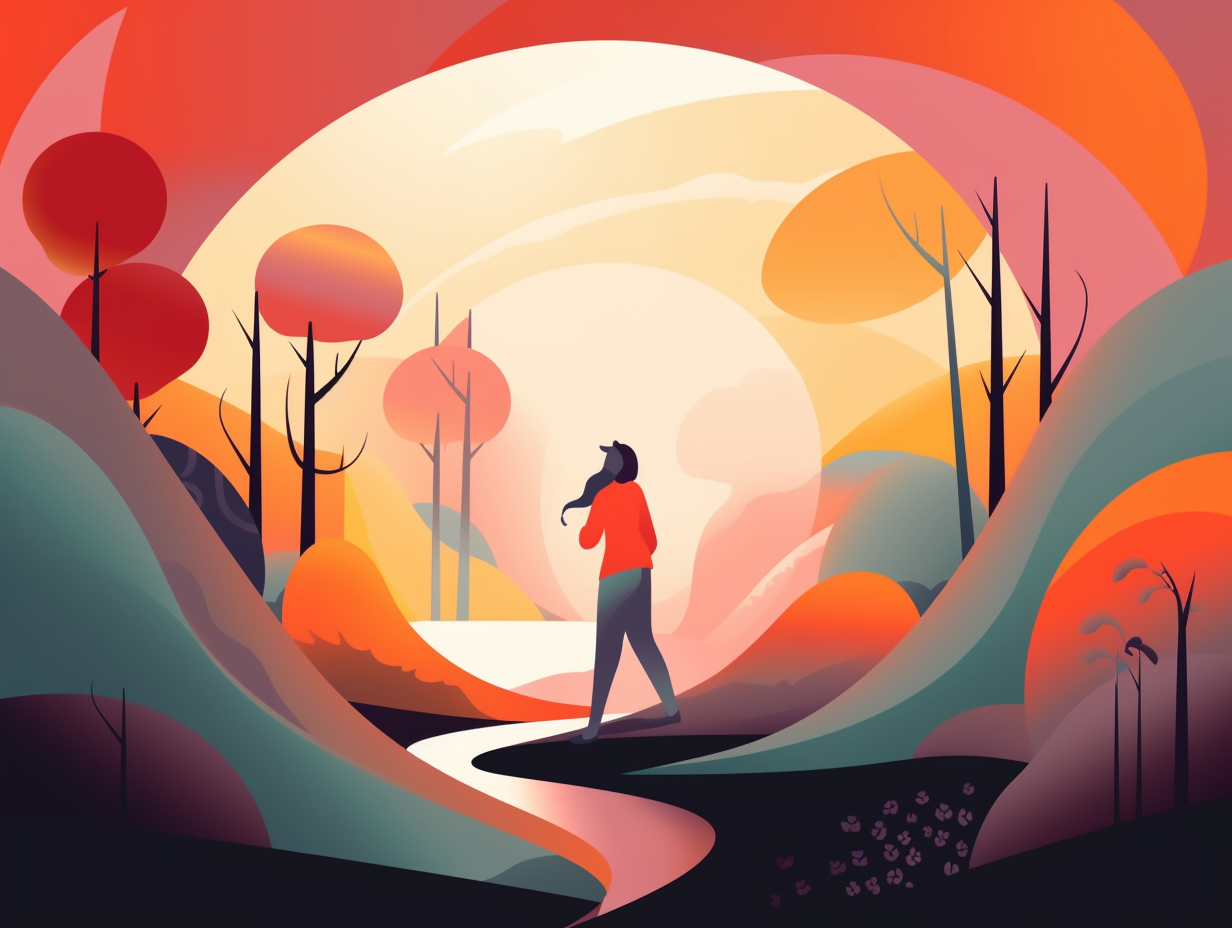
5. Defying Gravity: Full Circle Rainbows
You might not be Dorothy from Oz, but you can still defy gravity and discover the full circle of rainbow magic: Rainbows are in fact complete circles, but, unfortunately, the ground obstructs our view of the bottom half; to witness this mystical phenomenon, you'd either have to fly high above the rainbow or simply use a water hose on a sunny day and spot the top part of the circle.
Source => neatorama.com
6. Double Rainbow Sandwich Surprise
What do double rainbows and sandwiches have in common? They've got an extra layer and a surprising twist in the middle: The secondary rainbow boasts a wider color band than its primary counterpart, thanks to light rays undergoing additional reflection inside raindrops, while displaying its colors in reverse order. You may also notice a deliciously dark interlude between the two named "Alexander's Dark Band," resulting from total internal reflection. So next time you spot a double rainbow delight, feast your eyes on these special ingredients!
Source => inlightofnature.com
7. Sun-Do-Not-Block-us Rainbows
Don't be fooled into thinking rainbows are nature's giant umbrella: they offer absolutely no sun protection, as their breathtaking colors are created by the scattering of light through water droplets or ice crystals in the atmosphere, and not by blocking the sun's rays at all.
Source => pulfrich.siu.edu
8. Chromatic Iceberg: Unseen Rainbow Hues
Ever tried to paint with all the colors of the wind, only to realize Pocahontas left out a whole bunch of them? You're not alone: In fact, primary and secondary rainbows are just the tip of the chromatic iceberg—we've got tertiary rainbows as the third in line, and even quaternary rainbows representing the fourth dimension of colorful arcs! They may be fainter, broader, and shyer in flaunting their hues, but scientists have even spotted the elusive 200th-order rainbow in the lab.
Source => education.nationalgeographic.org
9. The Rainbow Pirate Treasure Map
Ever wondered why rainbows don't just loop all the way around and declare "thar be gold here" like a chromatic pirate treasure map? Well, ye landlubbers, they actually do: Rainbows are full circles, but we only see a half-arch on the ground because those pesky terra firma walls have a way of blocking our view. However, if you're riding the high skies like an airplane-faring buccaneer, you can feast your eyes on the stunning circular bow. This round arc of ROYGBIV glory is created by sunlight refracting through a circus of water droplets, performing an acrobatic 40-42 degree angle swan dive to amuse our earthly, color-hungry eyes.
Source => physicsclassroom.com
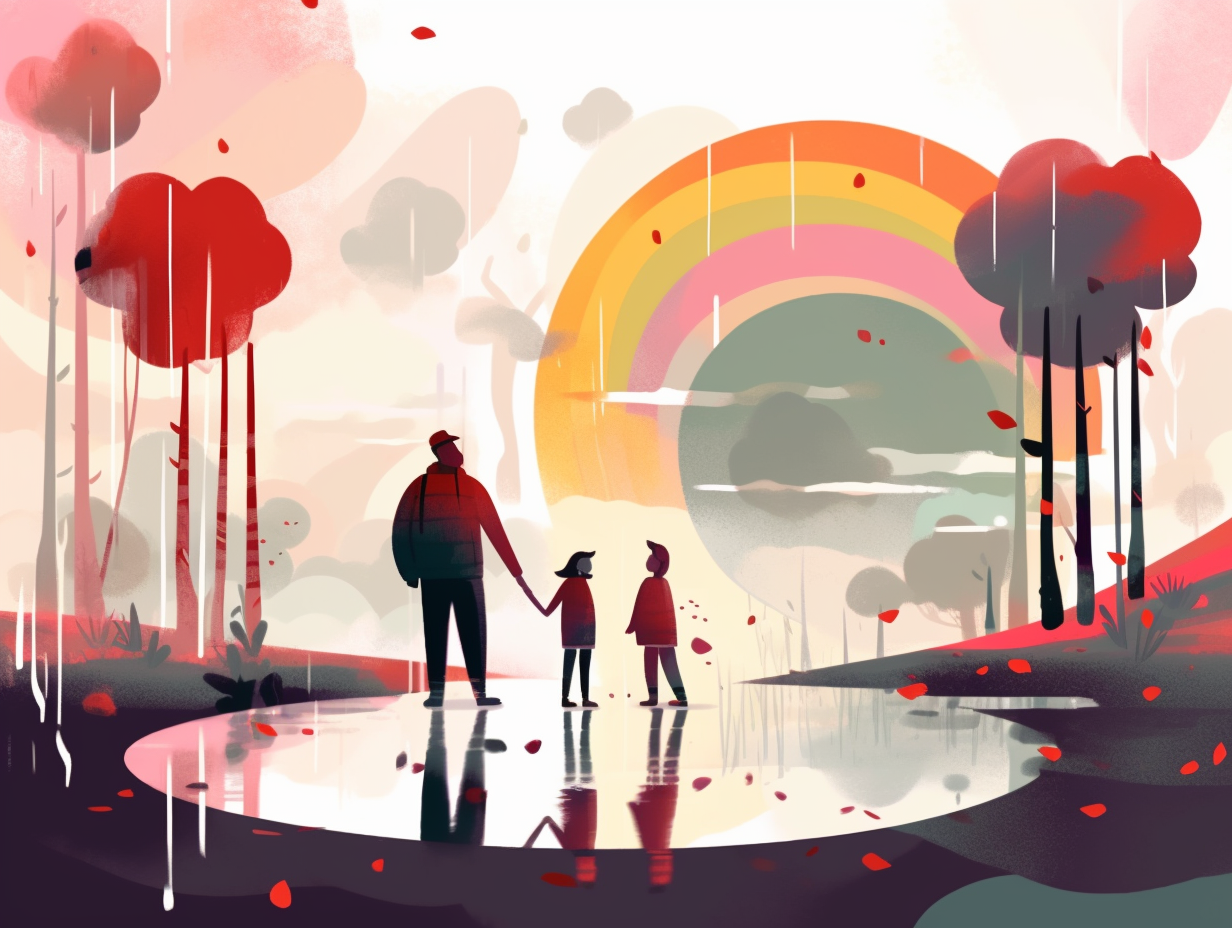
10. The Fabulous Moonbow
Just when you thought the nightlife couldn't get more fabulous: behold the moonbow, a rare nighttime rainbow that struts its stuff thanks to the reflection and refraction of moonlight on water droplets in the atmosphere. Only making an appearance under specific conditions like a full or nearly-full Moon, clear night sky, and minimal light pollution, these nocturnal beauties flaunt a cooler color palette with blues and purples stealing the show.
Source => darksky.org
11. The Diva Raindrop Effect
What does a diva raindrop and a rainbow have in common? They both need to be "larger than life" to make a spectacle! Here's the scientific scoop: The colors of a rainbow are dependent on the size of the raindrops - larger raindrops result in brighter, more defined colors, while smaller ones (less than 0.05mm) create a white rainbow, aka a fogbow, due to color overlap from light diffraction.
Source => math.ubc.ca
12. Nature's Original Mood Ring
Rainbows: Nature's original mood ring, forever reminding us that even a gloomy downpour has a pot of colorful joy hidden somewhere. The real mood-lifters here? A good ol' combo of light wavelengths and rain droplets doing a fancy refracting dance: Isaac Newton unmasked this kaleidoscopic phenomenon by unveiling that varying colors have different refractive indices, making each color take a turn at a slightly different angle.
Source => ams.org
Related Fun Facts

